Horizontal AI Is Losing to Vertical AI. Here’s Why Industry-Specific Models Are Winning
18 Oct 25 

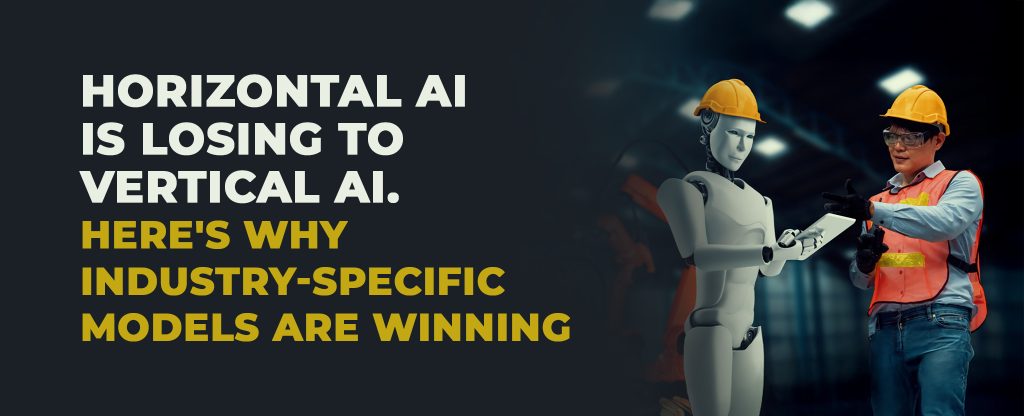
When a major hospital in Boston tried implementing a general-purpose AI chatbot to help radiologists analyze chest X-rays, the results were disappointing. The AI frequently misidentified medical conditions, confused anatomical terms, and required constant human oversight. Frustrated, the hospital switched to Aidoc,a vertical AI specifically built for radiology. Within weeks, the system was detecting pulmonary embolisms and brain bleeds with 95% accuracy, often faster than human radiologists, and flagging critical cases for immediate attention. The difference? One AI tried to know everything; the other mastered one thing exceptionally well.
This story isn’t unique. Across industries, from legal firms abandoning ChatGPT for contract-specific AI to banks replacing general machine learning models with fraud-detection specialists, a clear pattern is emerging. The artificial intelligence landscape is experiencing a fundamental shift. While horizontal AI solutions once promised to be the universal answer to business challenges, a new paradigm is claiming victory: vertical, industry-specific AI models that don’t just understand your business,they live and breathe it.
This transformation isn’t just a trend; it’s a reflection of how businesses actually operate and what they truly need from AI technology. The promise of “one AI to rule them all” is giving way to the reality that excellence requires specialization.
Understanding the AI Divide: Horizontal vs. Vertical
Quick Comparison: Horizontal AI vs. Vertical AI

What is Horizontal AI?
Horizontal AI refers to general-purpose AI solutions designed to work across multiple industries and use cases. Think of platforms like ChatGPT, Google’s Gemini, or general-purpose machine learning frameworks. These tools are built to be versatile, handling everything from writing emails to analyzing data, regardless of industry context.

What is Vertical AI?
Vertical AI, on the other hand, is purpose-built for specific industries or domains. These models are trained on industry-specific data, understand sector-specific terminology, and are optimized for particular workflows and challenges unique to that vertical.

Why Vertical AI Is Winning: The Core Reasons
1. Domain Expertise That Horizontal AI Can’t Match
Vertical AI models are trained on vast amounts of industry-specific data, giving them deep domain knowledge that general-purpose models simply cannot replicate. A healthcare AI understands medical terminology, treatment protocols, insurance codes, and regulatory requirements in ways that a horizontal AI would need extensive fine-tuning to approach.
Real-world example: An AI model built specifically for radiology can identify subtle patterns in medical imaging that a general-purpose vision AI might miss, because it’s been trained on millions of annotated medical scans with expert radiologist input.
2. Compliance and Regulatory Advantages
Industries like healthcare, finance, and legal services operate under strict regulatory frameworks. Vertical AI solutions are designed with these compliance requirements baked in from the start.
Why this matters:
- HIPAA compliance for healthcare AI
- SOC 2 and financial regulations for fintech AI
- GDPR considerations for European markets
- Industry-specific audit trails and documentation
Horizontal AI tools require extensive modification and oversight to meet these standards, creating implementation delays and compliance risks.
3. Faster Time-to-Value
One of the most compelling advantages of vertical AI is the dramatically reduced implementation time. Because these solutions understand industry workflows from day one, businesses can deploy them quickly and see results almost immediately.
Time comparison:
- Horizontal AI: 6-12 months for customization and integration
- Vertical AI: 1-3 months for deployment and optimization
4. Superior Accuracy in Specialized Tasks
When AI is trained specifically on domain data, its accuracy in that domain skyrockets. A legal AI trained on case law, contracts, and legal precedents will outperform a general AI in legal document analysis every single time.
Performance metrics show:
- 30-50% higher accuracy in specialized tasks
- Fewer false positives and negatives
- Better handling of edge cases specific to the industry
- More reliable predictions in critical scenarios
5. Built-in Industry Workflows and Integrations
Vertical AI doesn’t just understand the language of an industry—it understands the workflows, processes, and systems that professionals actually use.
Practical advantages:
- Pre-built integrations with industry-standard software
- Workflow automation based on best practices
- Industry-specific templates and frameworks
- Seamless connection with existing tech stacks
6. Cost-Effectiveness Over Time
While horizontal AI might seem cheaper initially, the total cost of ownership tells a different story. The customization, training, integration, and ongoing maintenance required for horizontal AI often exceeds the cost of implementing a vertical solution.
Cost breakdown:
- Initial licensing: Horizontal AI may be cheaper
- Customization costs: Vertical AI wins significantly
- Training and onboarding: Vertical AI requires less
- Maintenance and updates: Vertical AI handles automatically
- ROI timeline: Vertical AI delivers faster returns
7. Better Understanding of Industry-Specific Language
Every industry has its own vocabulary, acronyms, and communication patterns. Vertical AI is trained to understand these nuances naturally.
Examples:
- Medical AI understands that “MI” means myocardial infarction, not Michigan
- Legal AI knows the difference between “discovery” in litigation versus general usage
- Financial AI interprets “liquidity” in the context of markets, not physical properties
8. Enhanced Data Security and Privacy
Industry-specific AI can be designed with the unique security and privacy concerns of that sector in mind, rather than trying to retrofit general security measures.
Security benefits:
- Industry-appropriate data handling
- Sector-specific encryption standards
- Compliance with data residency requirements
- Built-in privacy controls for sensitive information
Real-World Success Stories: Vertical AI in Action
Healthcare: Diagnostic AI
Companies like PathAI and Tempus have built vertical AI specifically for medical diagnostics and treatment planning. These solutions analyze pathology slides and genomic data with accuracy that rivals or exceeds human experts, something a horizontal AI would struggle to achieve without massive customization.
Legal: Contract Analysis
AI platforms like LawGeex and Kira Systems are purpose-built for legal professionals. They can review contracts, identify risks, and suggest clauses faster and more accurately than general-purpose document AI, understanding legal concepts and implications that require years of training for human lawyers.
Finance: Fraud Detection
Financial institutions use vertical AI from companies like Feedzai and DataVisor that are specifically designed to detect fraudulent transactions. These systems understand normal patterns in financial behavior and can identify anomalies that general AI might miss or flag incorrectly.
Manufacturing: Predictive Maintenance
Vertical AI solutions for manufacturing can predict equipment failures before they happen by understanding the specific characteristics of industrial machinery, production processes, and failure patterns unique to manufacturing environments.
Agriculture: Crop Monitoring
AgTech AI solutions analyze satellite imagery, soil conditions, and weather patterns through an agricultural lens, providing farmers with actionable insights about irrigation, fertilization, and harvest timing that horizontal AI couldn’t deliver without extensive agricultural expertise.
The Limitations Horizontal AI Faces
1. The Customization Burden
Every implementation of horizontal AI requires significant customization work. Organizations must invest in data scientists, ML engineers, and domain experts to adapt the general model to their specific needs.
2. Data Quality and Relevance Issues
Horizontal AI is trained on broad, general datasets. When applied to specific industries, it often lacks the nuanced understanding that comes from training on domain-specific data.
3. Integration Complexity
Connecting horizontal AI to industry-specific systems and workflows requires custom development work, API integrations, and often middleware solutions that add complexity and cost.
4. Ongoing Maintenance Challenges
As industries evolve, regulations change, and business processes adapt, horizontal AI requires continuous retraining and adjustment—a resource-intensive process.
5. Trust and Adoption Barriers
Professionals in specialized fields are often skeptical of general-purpose AI that doesn’t demonstrate deep understanding of their domain, creating adoption barriers that vertical AI naturally overcomes.
The Future: A Hybrid Approach?
While vertical AI is clearly winning in specialized applications, the future might not be entirely binary. We’re likely to see:
Vertical AI as the Primary Solution
For core business functions, industry-specific AI will continue to dominate because of its superior performance, compliance, and ease of implementation.
Horizontal AI for Supporting Tasks
General-purpose AI will still play a role in non-specialized tasks like general communication, basic data analysis, and creative work that doesn’t require domain expertise.
Hybrid Models Emerging
Some solutions may combine the flexibility of horizontal AI with the expertise of vertical AI, using general models as a foundation and adding specialized layers for industry-specific capabilities.
What This Means for Businesses
For Technology Buyers
When evaluating AI solutions, prioritize vendors that demonstrate deep understanding of your industry. Look for:
- Relevant case studies in your sector
- Industry-specific features and terminology
- Compliance certifications for your domain
- Integrations with tools you already use
- References from similar organizations
For AI Developers and Startups
The opportunity lies in specialization. Rather than building another general-purpose AI tool, focus on:
- Identifying underserved verticals
- Partnering with industry experts
- Building domain-specific datasets
- Understanding regulatory landscapes
- Creating seamless industry integrations
For Enterprises
Consider building or investing in vertical AI capabilities for your core competencies while using horizontal AI for general tasks. This hybrid strategy maximizes value while managing costs.
Key Considerations When Choosing Vertical AI
1. Vendor Expertise
Does the AI provider have deep roots in your industry? Do they employ domain experts? Have they worked with regulatory bodies in your sector?
2. Data Quality and Sources
What data was used to train the model? Is it comprehensive and current? Does it reflect the reality of your industry?
3. Customization vs. Configuration
While vertical AI reduces customization needs, ensure the solution offers enough flexibility to adapt to your specific processes without requiring extensive development work.
4. Scalability
As your organization grows or regulations change, can the vertical AI solution scale and adapt without becoming a bottleneck?
5. Integration Ecosystem
Does the solution integrate with your existing tech stack? Are APIs available for custom connections?
Common Misconceptions About Vertical AI
Myth 1: Vertical AI Is Too Expensive
While initial costs might be higher than basic horizontal AI, the total cost of ownership is typically lower due to reduced customization and faster implementation.
Myth 2: Vertical AI Lacks Flexibility
Modern vertical AI solutions are built to be configurable within their domain, offering plenty of flexibility while maintaining their specialized advantages.
Myth 3: Vertical AI Will Become Obsolete
As industries evolve, vertical AI providers continuously update their models with new data and capabilities, making them more future-proof than customized horizontal solutions.
Myth 4: You Need Both Horizontal and Vertical AI
For many organizations, vertical AI can handle the vast majority of needs, making parallel horizontal AI investments redundant.
The Competitive Landscape
The shift toward vertical AI is creating a new competitive dynamic:
Winners
- Industry-specific AI startups with deep domain expertise
- Established industry players developing AI capabilities
- Organizations that adopt vertical AI early
Losers
- General-purpose AI tools without differentiation
- Companies slow to adopt industry-specific solutions
- Horizontal AI vendors unable to demonstrate vertical value
Implementation Best Practices
Start with High-Impact Use Cases
Identify where vertical AI can deliver the most immediate value—typically in areas with high volume, clear patterns, and significant business impact.
Partner with Domain Experts
Ensure your implementation team includes people who understand both the technology and the industry to bridge any gaps.
Plan for Change Management
Even superior technology requires proper change management. Train your team, communicate benefits clearly, and address concerns proactively.
Measure and Iterate
Set clear KPIs for your vertical AI implementation and continuously measure performance, making adjustments as needed.
Build Internal Expertise
While vertical AI reduces the technical burden, building internal understanding of how the AI works and what it can do will maximize its value.
Conclusion: The Vertical AI Revolution
The shift from horizontal to vertical AI isn’t just a technological evolution—it’s a recognition that true AI value comes from deep understanding, not broad applicability. Industries are complex, regulated, and nuanced environments where general-purpose solutions will always fall short of specialized tools built with domain expertise at their core.
As we move forward, organizations that embrace vertical AI will find themselves with faster implementations, better results, stronger compliance, and ultimately, competitive advantages that horizontal AI simply cannot deliver. The question is no longer whether to adopt AI, but whether to choose the specialized tools that truly understand your business or settle for general solutions that require endless customization. To learn more connect with Mindster.
The future belongs to AI that doesn’t just work everywhere—it belongs to AI that excels somewhere specific. And for most businesses, that somewhere is exactly where they operate.
- Agentic AI1
- Android Development3
- Artificial Intelligence33
- Classified App3
- Custom App Development5
- Digital Transformation12
- Doctor Appointment Booking App14
- Dropshipping1
- Ecommerce Apps40
- Education Apps2
- Fintech-Apps37
- Fitness App4
- Flutter4
- Flutter Apps20
- Food Delivery App5
- Grocery App Development1
- Grocery Apps3
- Health Care10
- IoT2
- Loyalty Programs9
- Matrimony Apps1
- Microsoft1
- Mobile App Maintenance2
- Mobile Apps128
- Product Engineering6
- Progressive Web Apps1
- React Native Apps2
- Saas Application2
- Shopify9
- Software Development3
- Taxi Booking Apps7
- Truck Booking App5
- UI UX Design8
- Uncategorized6
- Web App Development1









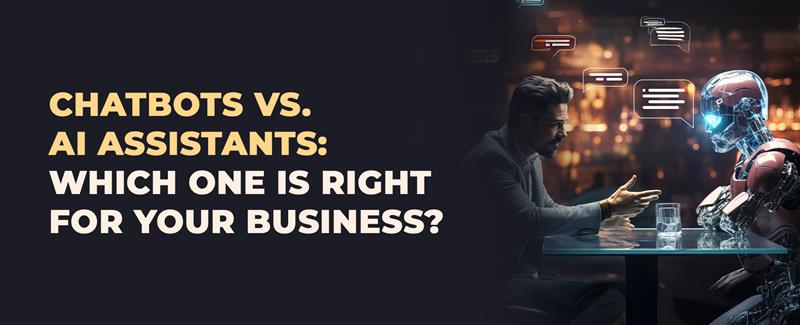
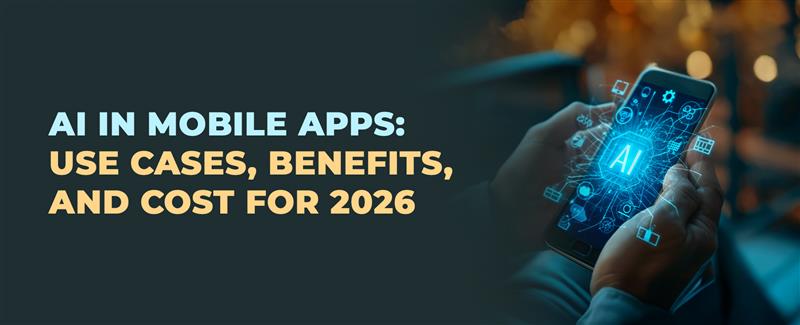
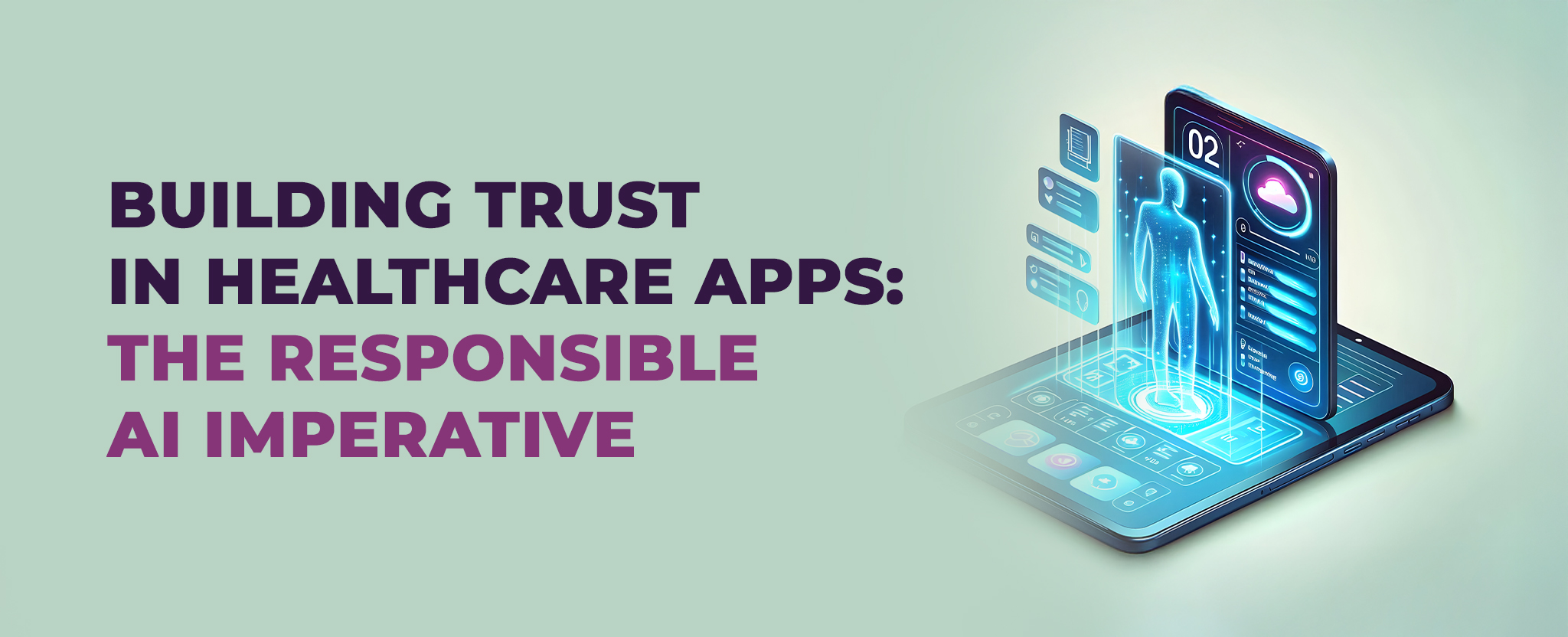
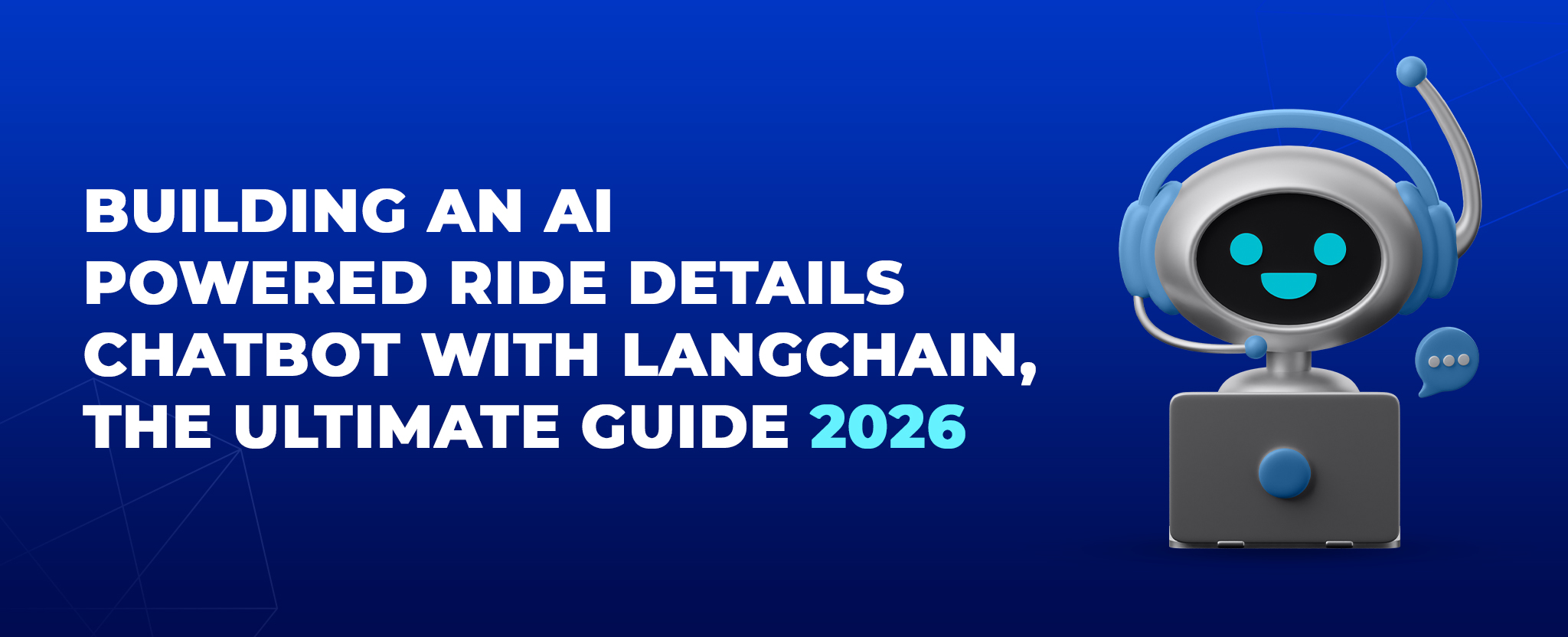






Comments